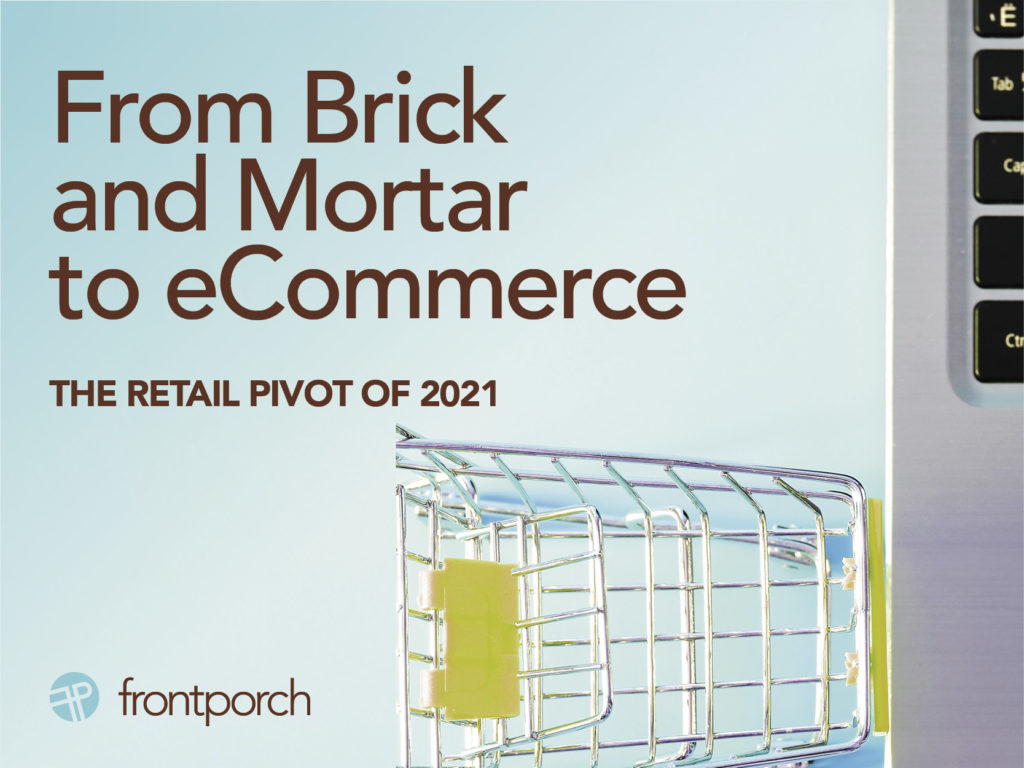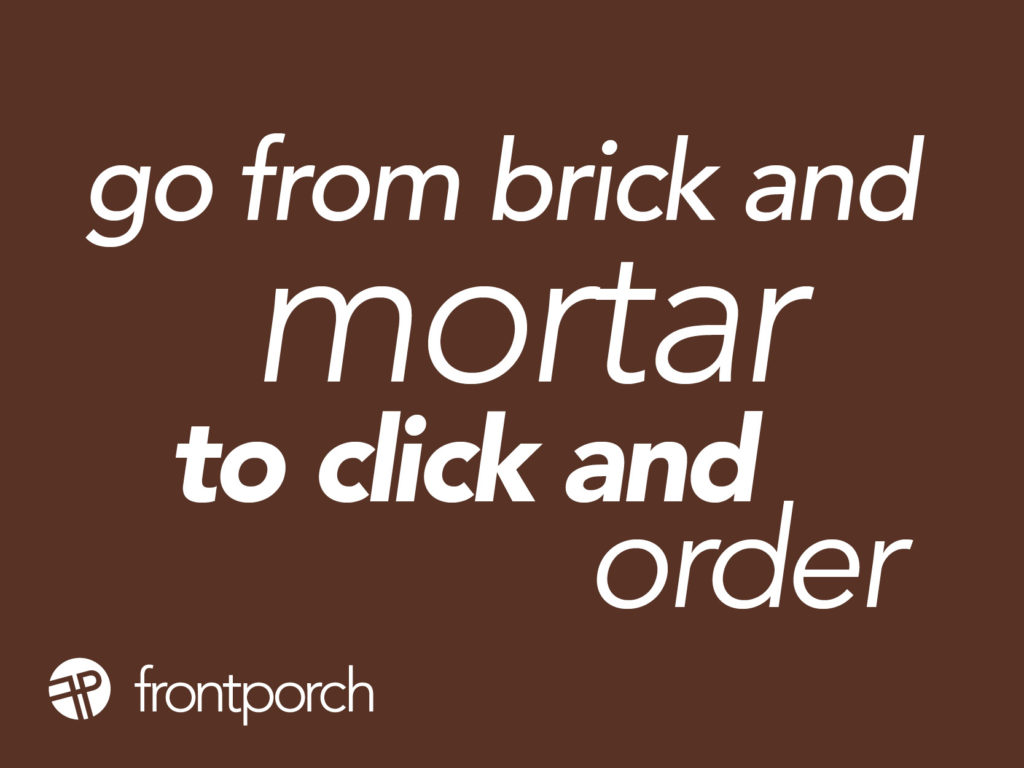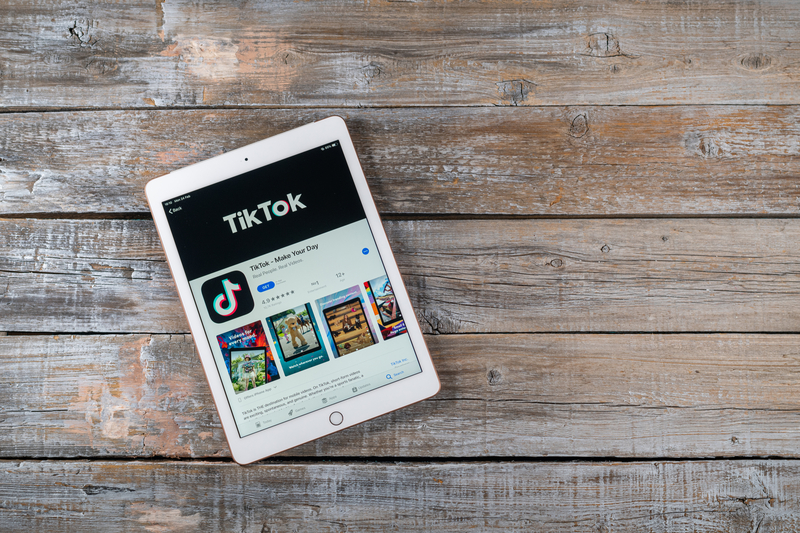
2021 moved consumer shopping from brick and mortar to eCommerce – most likely for good. Increased demand for online shopping turned retail into an Omnichannel experience over night. Right at the cusp of experiential retail taking over, many retailers pivoted to eCommerce. So online was the only experience in shopping last year for many. Some stores and services even stayed exclusively eCommerce for the better part of 2021 – and remain so still.
Moving a brick and mortar business to eCommerce – like a restaurant, a doctor’s office, a clothing boutique – isn’t easy, and in 2020 many retailers moved their businesses years into the future in an instant. How exactly did they do that?
Pivoting from bricks to clicks
While planning to add the services of tele-health such as video sessions and text therapy, our client Apple Counseling sped up their timeline when 2021 presented them with a situation where their services were more in demand than ever. Yet, in-person brick and mortar was not the preferred method for experiencing mental health services.
By putting the infrastructure in place to accommodate many types of digital health services, and a robust new website, Apple was able to pivot quickly from exclusively brick and mortar to ecommerce. Going forward, they’ll keep the digital services they’ve added as they open their offices back up to in-person sessions. This new hybrid model is one that is being replicated all over the world of retail.
How to incorporate brick and mortar to ecommerce into your business model
Making ecommerce part of your long-term strategy is a smart move. eMarketer estimates that ecommerce sales grew 27.6% in 2020. Start by assessing how your customers use your business. For instance, if you are a restaurant, what percentage of your business is already take-away and to-go orders? What are you doing to maximize this experience for your customers already, and how can you streamline it or plus it up to make it better? Increase your eCommerce sales by adding new ways to order like website, social, text or 3rd party apps.
A consumer Incisiv survey indicated that 80% of shoppers expect to continue to use contactless and curbside pickup this year. Can you repurpose part of your brick and mortar space to make it easier to fulfill your eCommerce orders? Instead of a clothing boutique, can you make your merchandise accessible on-line?
Our client GNB, a women’s clothing retailer, quickly built out website and Instagram last year to showcase her customer’s favorite brands and fulfilled orders in a new way. Now that she has opened her brick and mortar up in a new space, she is keeping the online store in place to continue to cater to the wider audience she developed when she was exclusively online.
Your Business Strategy Pivot
When you move from in-store to on-line you’ll need to perhaps rethink your business plan to accommodate a regional versus local audience. Rely on your social media analytics for demographic information to guide your choices. Cater to the right audience. Think about the yoga studios that pivoted to teaching class online, or the wineries that now offer Zoom tastings with professional sommeliers.
Your “physical” space might become an order fulfillment center, or a showroom only. Showrooms are a growing choice for retailers (like Sephora) to show off a smaller portion of their total inventory. Customers can then place their orders in the showroom. Or, return to pick them up in a few days or have them sent to their home. But the customer will have had the chance to interact with your retail brand in person to some extent.
Your New Brick and Mortar to eCommerce Product Mix
Products that factor into an eCommerce retail business versus an in-person retail business may vary. Consider shipping, logistics and storage when rethinking your product or service mix. Think about what consumers are looking for – the needs of the market. How your brand can make your customers’ lives easier in some way?

Marketing for a digital-first business
With an eCommerce-first model, more of your budget will go to digital improvements in your website, digital marketing and social media. Upgrade not just the look of your website to really give customers the feel of your brand – upgrade your SEO. Search engine optimization can help the right customers find you on search engines. Use a combination of keywords, content marketing, targeted digital marketing and social media. Optimizing how you talk about your business online can help new customers find you faster.
When your brand transitions from brick and mortar retail to eCommerce, you can reinforce your brand’s benefits with your current customers while growing a new audience online. Then the convenience of online retail opens up a whole new world of potential business. With some thoughtful strategy and a digital marketing plan, your retail business can capitalize on this trend, and you can double down on your brand smoothly and successfully moving from brick and mortar to eCommerce.


